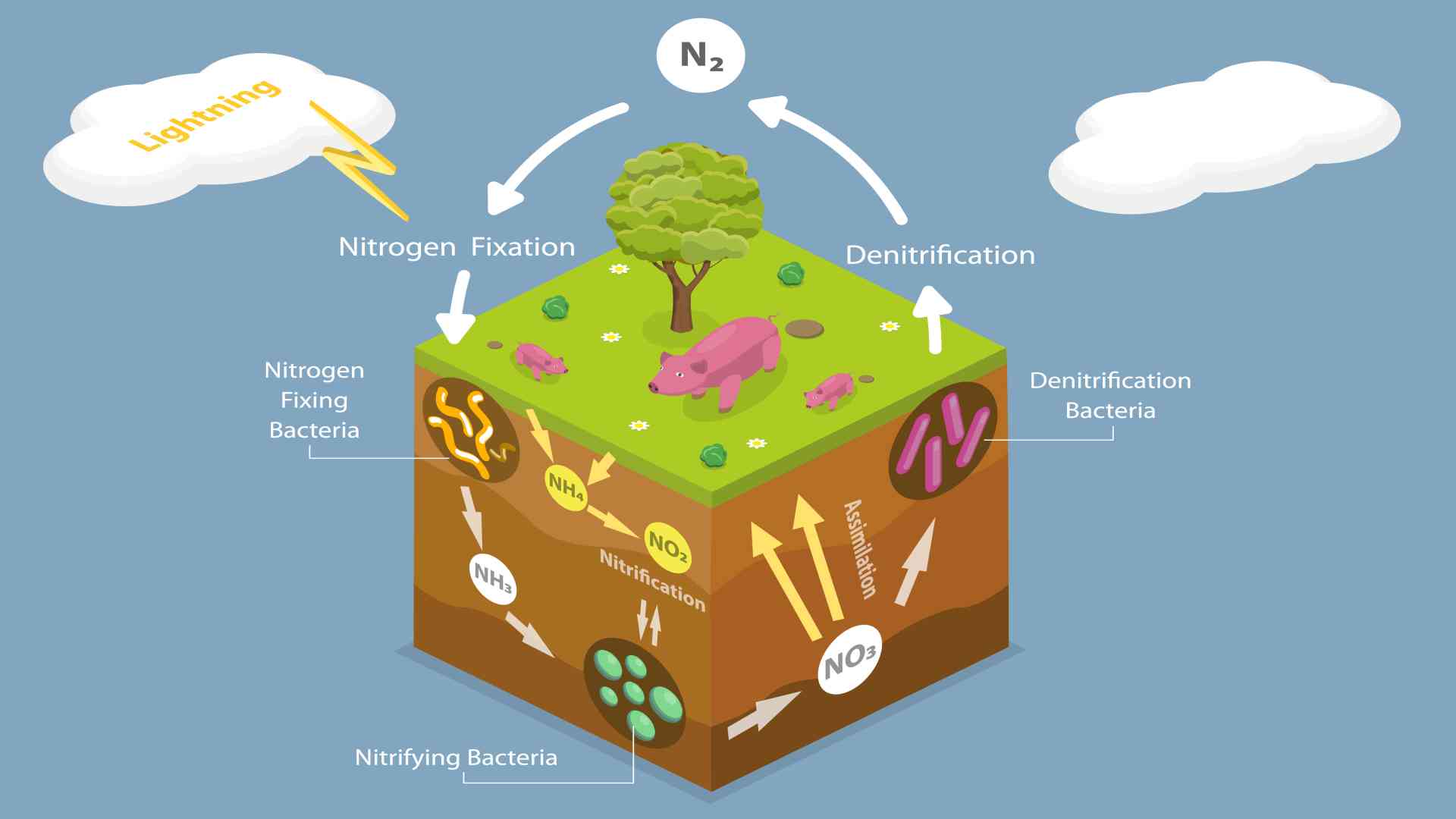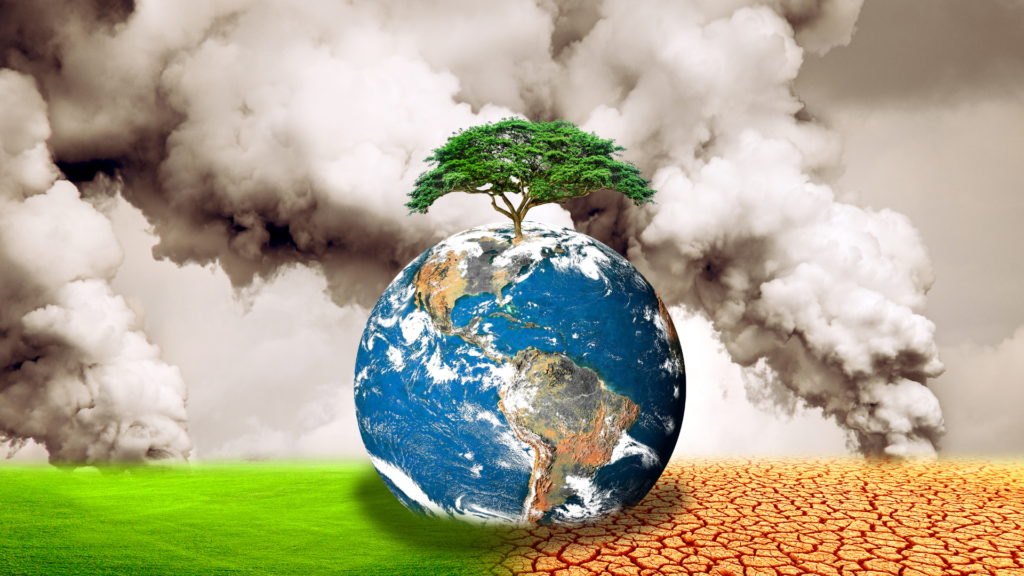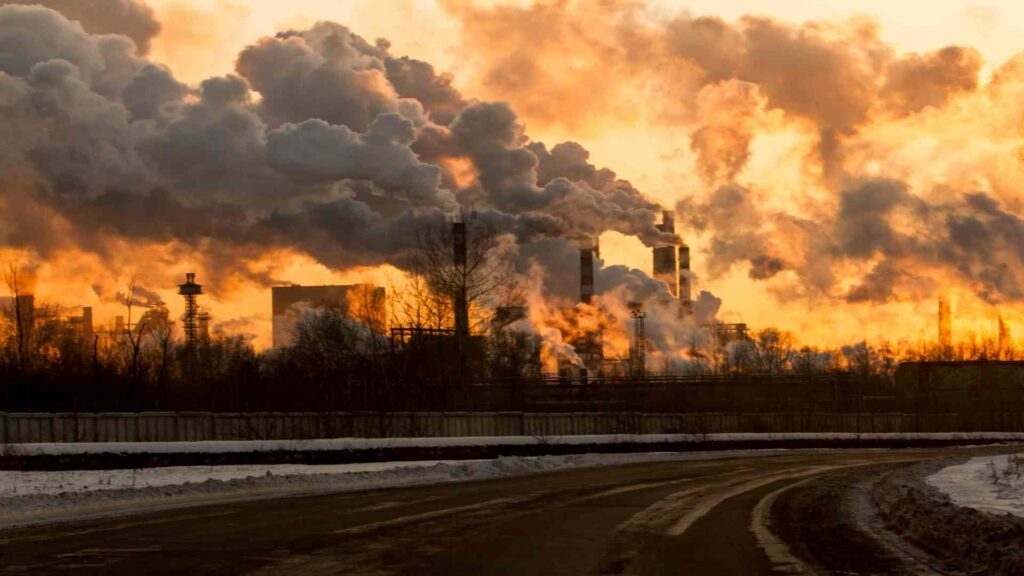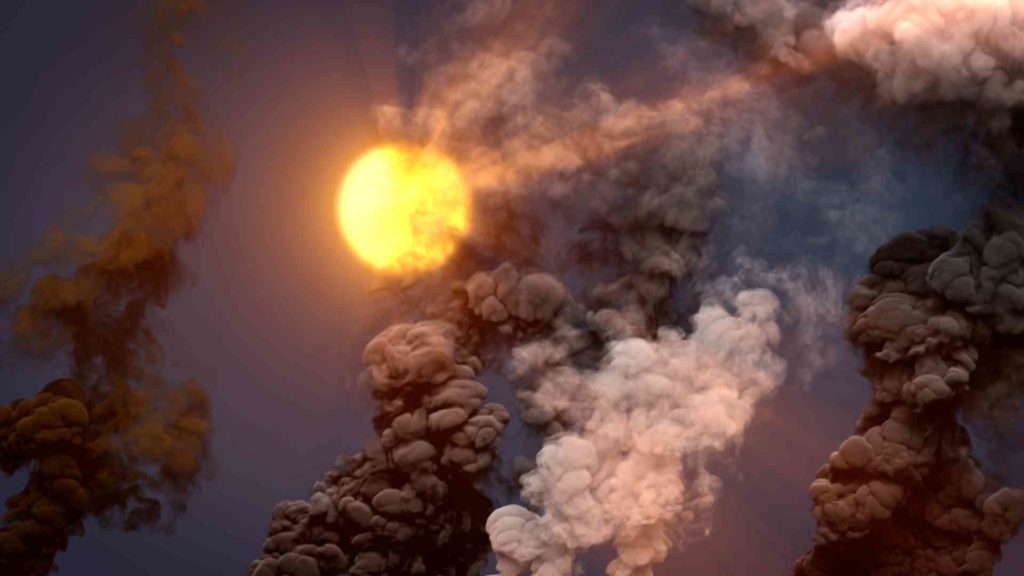Introduction to the Biogeochemical Cycle of Boron
The biogeochemical cycle of boron is active in three main areas: the atmosphere, terrestrial, and marine (hydrosphere). Boron is present in trace amounts in these reservoirs and plays a vital role in many geochemical processes.

Biogeochemical cycle
The Boron Biogeochemical Cycle
All three terrestrial, marine, and atmospheric components of boron make up the global biogeochemical cycle of boron, also known as the boron cycle. The atmosphere is propelled by a significant flux of gaseous boron, which is present in the form of boric acid, and obtained from sea salt aerosols.
Although few initiatives have been taken to balance boron in the oceans, none have accounted for the boron exchange between seawater and the atmosphere, possibly the biggest flux in its global biogeochemical cycle.
There is also a fourth influence where human activities have modified the boron biogeochemical cycle, which extracts >4 Tg/yr (= 1012 g/yr) of boron ores from the Earth’s crust.
Atmospheric Flux
Even though the boric acid vapor is present in higher concentrations in the atmosphere than predicted by Henry’s Law from equilibrium with soluble B(OH)3 in seawater, it is thought that the evaporation of boric acid vapor causes this discrepancy from sea salt aerosols during the drying process. As a result, the concentration of B/Na in sea salt aerosols is typically 5.6 times lower than in seawater.
Despite this boron partitioning into gaseous and particulate phases in sea salt aerosols, total boron input to the atmosphere is estimated from the assumptions of the creation of sea salt aerosols. The total production of sea salt aerosols is between 10 x 1015 g/yr and 11.7 1015 g/yr.
Both are consistent with the previous estimate of 8-22 x 1015 g/yr for longer dry sea salt condensation over the world’s oceans. With an average salinity level of 35%, the annual boron input to the atmosphere is varied between 1.0 and 2.3 Tg B/yr.
With a chlorine budget for the environment and a chlorinity ratio of 0.00024 in seawater, the same calculation results in an estimated 1.44 Tg B/yr. However, a final boron budget in the atmosphere is the median of these values, 1.44 (1.0-2.3) Tg B/yr.
Terrestrial Flux
Rock weathering is the land’s primary boron source, mainly carbonate rocks. Chemical weathering contributes approximately 3.93×10^15 g/yr, resulting in a weathering flux of 0.043 Tg B/yr with a mean boron concentration of 11 ppm across the continental crust. Similarly, using the global mechanical weathering estimate and the mean boron concentration across the continental crust, the boron deployed by mechanical weathering is approximately 0.15 Tg B/yr.
Marine or Ocean Flux
High-temperature hydrothermal vents are the primary boron source in ocean waters. Boron flux across hydrothermal vents is 0.004-0.042 Tg B/yr, while seawater flow from thermal springs with a mean boron concentration of 5.5 ppm is 0.13 Tg B/yr. The global high-temperature flux estimate is 0.08 Tg B/yr, calculated as the average of the obtainable values.
Another method that releases boron towards the ocean is liquid discharged from depositional prisms in subduction zones crust, which is approximated to bring about 0.02 Tg B/yr.
These inputs are minor compared to the boron delivery in rivers and on the ocean’s surface via wet and dry falls.
Human or Anthropogenic Flux
Human activity has a major influence on the global biogeochemical cycle of boron. It also influences sulfur movement through the atmosphere. Boron impact is mildly less drastic, but its atmospheric burden is higher than that of a conservative element like chlorine. Potential human accomplishments for riverine boron transport are comparable to those for phosphorus, but both are significantly less than the human impact on riverine nitrogen transport. Ever since the start of the Industrial Era, the Earth’s oceans have experienced a net gain in soluble B concentration with a minor percent change.
Coal mining and combustion, oil production, emissions from industrial factories, landfills, biofuels, and boron ore extraction and utilization are all major anthropogenic fluxes. Anthropogenic boron fluxes towards the hydrosphere and atmosphere have risen, which now outnumber natural boron fluxes.
Conclusion
A disparity in the huge boron fluxes between the oceans and the atmosphere leads to a discrepancy in the boron budget in the oceans. In the absence of these fluxes, river flow input carefully equalizes the total amount of various outputs from sedimentary processes and hydrothermal alteration.
Nonetheless, an atmospheric flux must be factored into a global budget as a small boron amount travels through the atmosphere to the Earth’s surface, which adds to boron circulation in vegetation and the boron content of stream waterways. The biogeochemical cycle of boron deserves further investigation, emphasizing the procedures that regulate the boron flux of B throughout the atmosphere.




